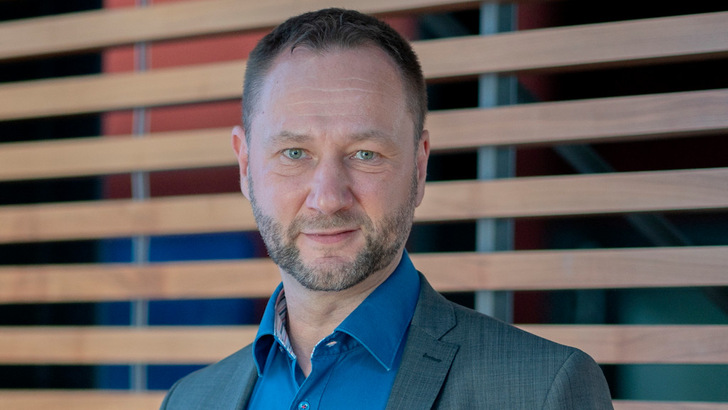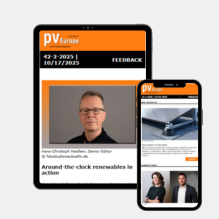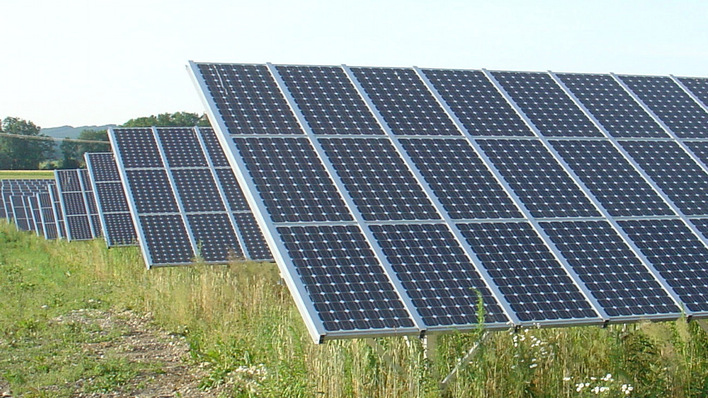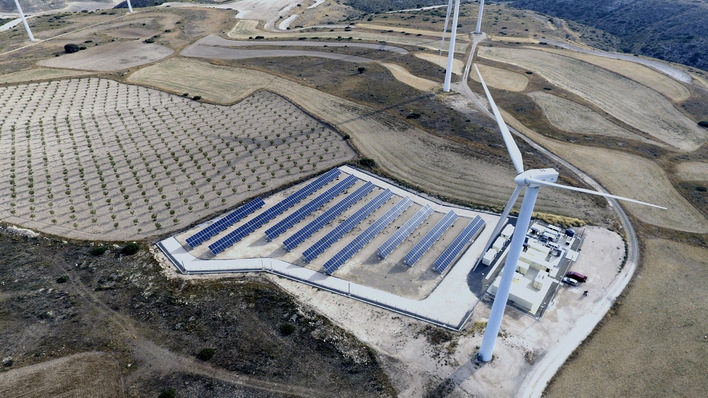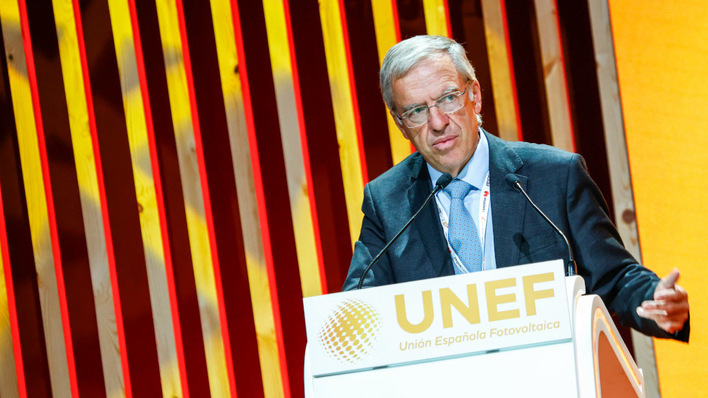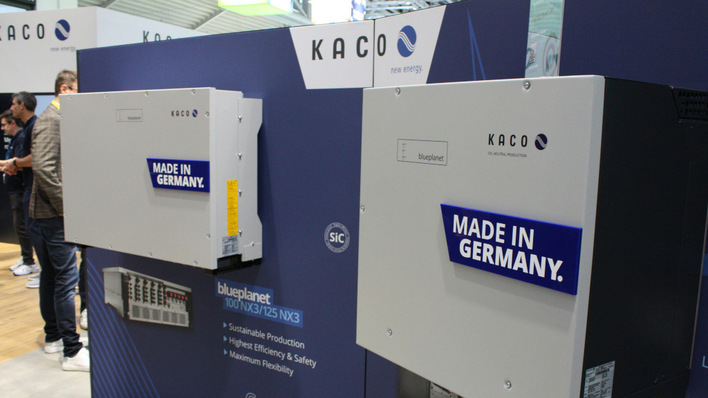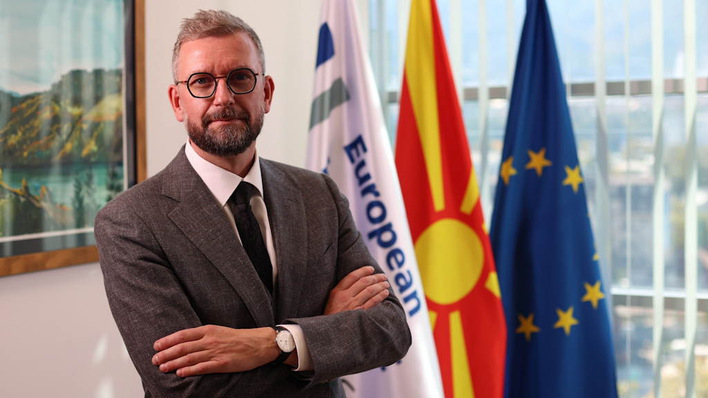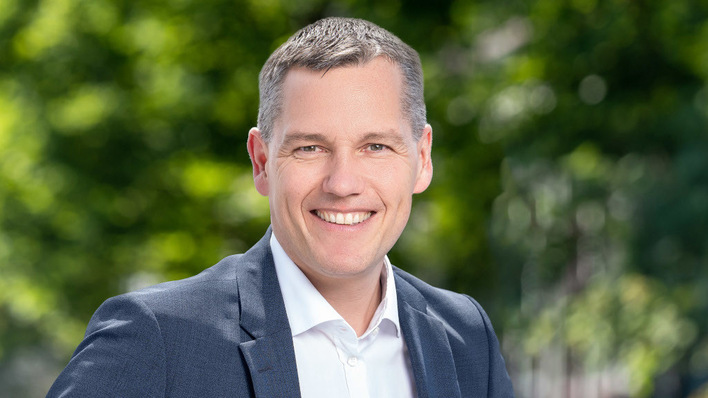Mr. Emmerich, please give us the lowdown on GOLDBECK Solar Polska?
GOLDBECK SOLAR Polska Sp. z o.o., based in Poznań, is part of the GOLDBECK SOLAR Group and employs around 60 people. The company focuses on large-scale PV systems and operates from the site of GOLDBECK-Bau, active in Poznań since 1997. Though independent, it benefits from close ties to its German parent.
From niche to necessity – the PV-boom in Central and Eastern Europe
How has your company developed in Poland?
We started in 2019 with freelancers and an initial 7 MW project. We brought our first major project, a 204 MW plant, online in 2020 after a veritable odyssey with various partner companies. Since then, we've grown continuously. I'm on-site in Poland every other week.
In your opinion, what are the particular challenges of building solar power systems in Poland?
There are some special conditions. For example, a building permit is required for rooftop systems, and both the construction manager and the electricians must be specially certified. One of the biggest challenges, however, is grid connection: This can only be applied for after the system's project development has been fully completed, which not only requires financial expenditure that is at risk, but also makes precise scheduling difficult or even impossible. Furthermore, the Polish power grid, like many others in Europe, is not designed for decentralized feed-in. Therefore, there is always a risk that grid connection will not be granted.
Bartosz Majewski of Menlo Electric: “We are navigating a turbulent market”
This is a significant risk. What do you do if the grid connection is not approved?
We have several strategies for such cases. This includes self-consumption by large commercial consumers with very high electricity consumption. These consumers are connected to the PV generator via a direct wire and supplied under a power purchase agreement. If the PV system is located in an area with a heavily congested power grid, there is the option of applying for an alternative grid connection point using a longer cable route.
What role does energy storage play in connecting to the grid?
Last but not least, cable pooling with other renewable energy generators, such as wind turbines, and the use of battery storage systems (BESS) enable grid capacity expansion. We are currently completing the first 90 MWp PV system that feeds into the grid via cable pooling together with a wind turbine. This should be the first utility-scale PV system in Poland to utilize this option. We are also currently calculating the addition of a battery storage system to expand grid capacity for one of our customers.
Ramon Li of Growatt: “Good prospects in a sustainably booming market”
What system capacity do you need to start with in Poland?
In Poland, we generally start with 30 MWp. Our team at GOLDBECK SOLAR Polska also builds substations and high-voltage transmission lines for our customers. This significantly simplifies the unfamiliar and difficult bureaucratic process of dealing with grid operators and is an additional selling point for us. The longest transmission line we have built to date was 32 kilometers long and transports the power of a 200 MWp system. However, our goal is to build grid-connected systems of 100 MW or larger whenever possible, as this capacity offers greater economic synergies.
What are your personal experiences in the Polish PV market?
If you want to be successful in Poland, you need to be perceived as a Polish company. This also makes Polish bureaucracy easier to manage. Nevertheless, PV system development and construction remain challenging. From the project idea through the planning phase to the grid feed-in approval, we estimate it takes about three to four years – anything less than that becomes difficult. We also try to conduct our business with Polish suppliers in PLN as much as possible to minimize currency risk.
Is there a project that stands out in your memory?
Yes, a PV system we built uses the substation of the never-built Polish Żarnowiec nuclear power plant. For me, this is a powerful first symbol of the transformation in Poland's energy supply. Construction of the Żarnowiec nuclear power plant was halted following significant public protests following the Chernobyl disaster in 1986.
Poland’s grid overhaul: Integrating 90 GW of renewables by 2040
How do you assess the Polish PV market over the next 24 months and until 2035?
The market environment will remain challenging over the next 24 months. Project implementations will be delayed, and grid capacity will be far from sufficient. This will lead to increased price pressure on the EPC side, which will lead to a certain market consolidation. There will be very few stand-alone PV projects in Poland in the future. Hybrid systems consisting of PV and other renewable energy generation systems and/or battery storage (BESS) will become the rule rather than the exception. The BESS market will develop rapidly in Poland compared to other European countries. We will see the first large-scale self-consumption projects. All in all, one of the most exciting markets in Europe until 2035 with an increasing number of installations, the biggest challenge of which will be the connection to the electricity grid.
Thank you.
Interview by Manfred Gorgus


